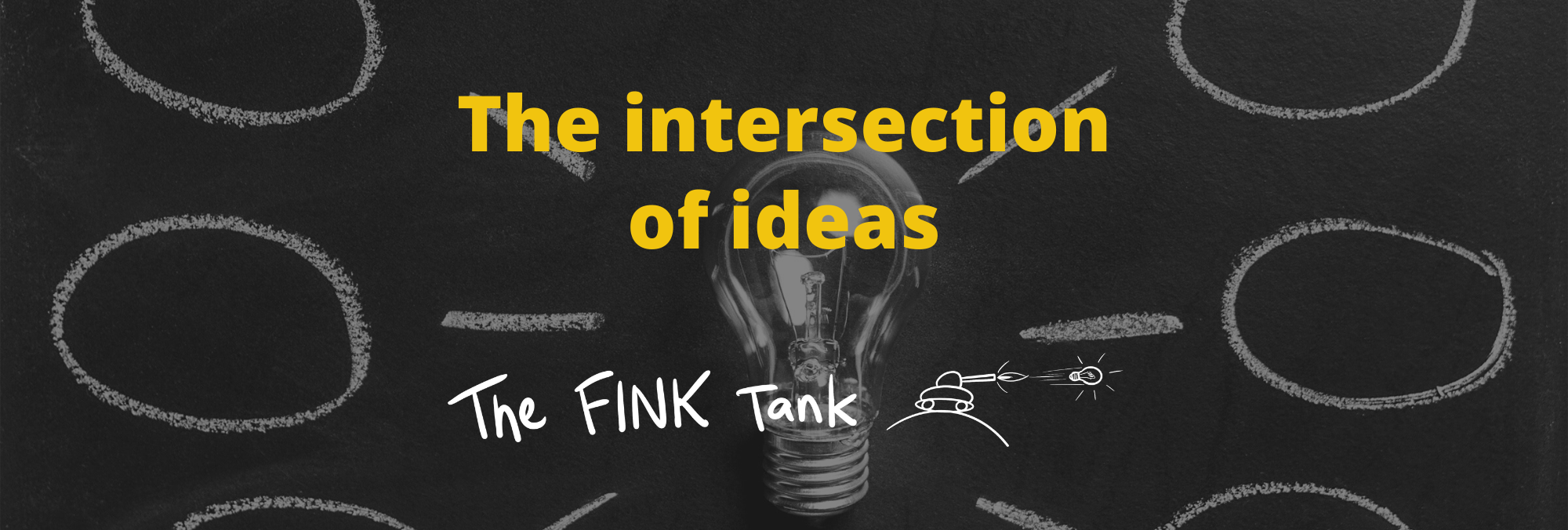The intersection of ideas
The Colculator is here!
Ever wondered how your public speaking skills stack up? Do you wonder where you should focus to create the most improvement? You're in luck, the Speaker Strength Score diagnostic tool is here (and it's free!).
“Well that’s just, like, your opinion, man.”
I reckon intellectual humility is an underrated attribute. Earlier this week on the socials I shared this idea:
Sometimes when I notice I'm starting to grasp for an explanation for something which, if I'm honest, is outside my expertise or capability to understand, I remember this quote from Neil deGrasse Tyson:
“The universe is under no obligation to make sense to you.”
The Intersection of Ideas
In the age of the knowledge economy, when automation is replacing not just assembly-line workers in factories but increasingly process-driven office workers as well, the relative value of creativity over ordinary labour grows daily.
True productivity in the new world is a moment of brilliance rather than a day of toil. An idea that can be leveraged a million times over is much more valuable than a day of elbow-grease sold at a margin of cents on the dollar.
The result of the premium placed on ideas is the rise of ‘innovation’ as a central business buzzword. It seems every large organisation is seeking to increase innovation, and is establishing innovation hubs, sponsoring innovation retreats, and engaging experts and consultants to help them develop their innovation capability.
Of course, being innovative is not something that just happens on demand. In fact, almost the surest way to prevent someone from having a creative idea is putting pressure on them to do so. Creativity remains one of the great intangible wonders of the human mind, and as a result for many the pursuit of creative endeavours lies somewhere between “try different stuff” and “hope for the best”. If we as individuals and organisations hope to cultivate innovation and creativity, we need some practical tools to implement and experiment with.
Intersectional thinking is just such a tool.
Adult human brains are not designed to be creative. Indeed, the evolutionary process has trained us not to be creative in many ways, instead programming shortcuts in our thinking in order to minimise the expenditure of energy and effort, and maximise our chance of survival. Curiosity killed not just the cat it seems, but the cat’s ancient master as well.
Our brain is an association machine, collecting millions of data points of information from our day-to-day lives and forming associations between them. These associations, strengthened and reinforced by multiple exposures to the same or similar stimulus, allow us to make rapid judgements about things in future without committing much thought to the topic.
Freshly split firewood is associated with splinters, and we quickly learn not to handle it carelessly.
James from accounting is associated with loose lips, and we learn to be more circumspect in his presence in future.
Ferrari is associated with supreme performance, and we dream of parking one in our garage some day. (Well, actually as I've matured I've grown out of the idea of fast cars, and I now dream instead of a ridiculous 4WD off-road camper truck, but you get the idea).
These associations are for the most part useful, enduring, and extremely difficult to break; which means the longer and more closely you’re engaged in something, the less likely it is you’ll be able to think differently about it when you try. That’s why it’s so difficult to innovate in an industry you’ve worked in for a long time. Your brain has almost literally wired itself to blindly accept the status quo. This is a problem.
Often we see markets upset, redefined, and occasionally dominated by a new player. Netflix killed Blockbuster and Video Ezy. Apple killed Nokia. Uber and Lyft are replacing taxis. Airbnb has redefined short term accomodation. The common thread here is that the outsiders were the ones to disrupt and dominate the market, as is so often the case.
So if we accept that we’re too close to our business, too set in our ways, too wedded to the status quo, what are we to do? How do we stimulate innovation and creativity, without accidentally applying the pressure that stifles it?
The answer might be to look at the intersection of ideas.
When the brain too easily falls back on existing associations, we can change things up by essentially forcing it to try new associations, and see what genius might lie there.
At the intersection of marketing and charity, Bunnings created what has become an Australian cultural institution in the form of 'the Bunnings snag', now second only to 'the Democracy sausage' in terms of the importance of grilled meat to the identity of the Australian public.
Sometimes, an innovation sweeps the world which becomes the catalyst for a whole suite of creativity to appear at the newly created intersections that exist. We saw this begin 15-20 years ago when online shopping became a thing. Suddenly, thousands of entrepreneurs had the opportunity to intersect their product/service/hobby/obsession with ‘online’.
We’re almost certainly witnessing the same thing again with blockchain technology, cryptocurrency, metaverses and other so-called ‘web 3’ possibilities.*
In the book The Net and the Butterfly, Olivia Fox Cabane and Judah Pollack explore the idea that it’s actually much easier to be creative when contained within boundary conditions. Tell a person to “create some art” without any further instruction and you’ll often return to find them staring at a blank canvas. Tell them instead to draw a crazy giraffe using black charcoal and you’ll usually find their creativity flowing (within the constraints of crazy giraffes and charcoal).
Choosing intersections from a list of ideas about which you already know, is a great way to establish boundary constraints to unleash your creativity, and give you access to new ideas not yet known.
*Perhaps I’m showing my age here, but I remain skeptical about much of the hype presented in these spaces. I’m also utterly aghast at the idea that Bitcoin mining - a process of computation from which absolutely no material value is created - is presently using more energy, and contributing more carbon pollution to the atmosphere, than countries as large as Argentina, Denmark, and the Netherlands. It’s absolutely insane.






